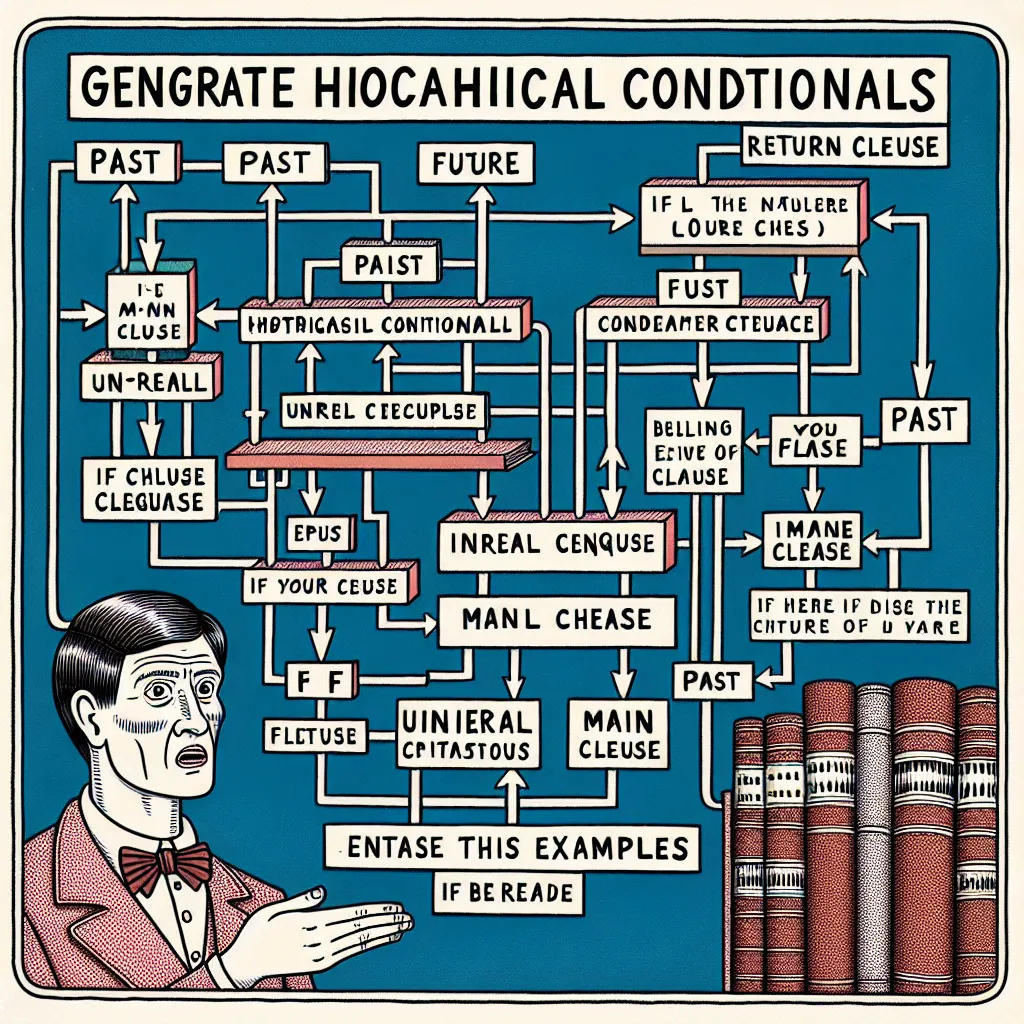Are you looking to elevate your English language skills to the next level? Mastering The Use Of Advanced Tense Sequences is a crucial step in achieving fluency and precision in both written and spoken English. This comprehensive guide will provide you with valuable insights, practical tips, and expert advice on how to effectively learn and apply complex tense structures in your everyday communication.
Understanding Advanced Tense Sequences
Advanced tense sequences refer to the sophisticated combinations of verb tenses used to express complex temporal relationships in English. These sequences allow speakers and writers to convey nuanced meanings about the timing, duration, and relationships between different actions or events. Mastering these structures is essential for anyone aiming to achieve a high level of proficiency in English, particularly for academic writing, professional communication, or preparation for advanced language exams like IELTS or TOEFL.
 Advanced Tense Sequences in English
Advanced Tense Sequences in English
Why Advanced Tense Sequences Matter
- Precision: They allow for more accurate expression of complex ideas and temporal relationships.
- Sophistication: Demonstrate a higher level of language proficiency.
- Clarity: Help avoid ambiguity in both written and spoken communication.
- Academic and Professional Success: Essential for academic writing and professional contexts.
Key Advanced Tense Sequences to Master
1. Past Perfect Continuous + Past Simple
This sequence is used to describe an action that had been ongoing before another action in the past occurred.
Example: “I had been studying for three hours when my friend called.”
2. Future Perfect + Future Simple
Use this to talk about an action that will be completed before a specific time in the future.
Example: “By next month, I will have finished my thesis, and I will start looking for a job.”
3. Present Perfect Continuous + Present Simple
This combination expresses an action that started in the past, continues in the present, and may continue into the future.
Example: “She has been working on this project for two years, and she still enjoys it.”
4. Past Perfect + Past Continuous
Use this sequence to describe a past action that was completed before another ongoing past action.
Example: “When I arrived at the party, Sarah had already left, but everyone else was still dancing.”
Strategies for Mastering Advanced Tense Sequences
- Contextual Learning: Study tenses within real-life contexts rather than in isolation.
- Practice with Authentic Materials: Use news articles, literature, and academic texts to expose yourself to advanced tense usage.
- Create Timelines: Visualize the relationship between different actions by drawing timelines.
- Regular Writing Practice: Incorporate advanced tense sequences in your daily writing exercises.
- Peer Review: Exchange writing with fellow learners and provide feedback on tense usage.
 Advanced Tense Sequence Practice
Advanced Tense Sequence Practice
Common Pitfalls and How to Avoid Them
- Overcomplication: Don’t use complex tenses when simple ones suffice. Focus on clarity first.
- Inconsistency: Maintain consistent tense usage throughout a piece of writing or speech.
- Misunderstanding Context: Always consider the broader context when choosing tenses.
- Neglecting Aspect: Pay attention to whether an action is complete, ongoing, or habitual.
Practical Exercises to Enhance Your Skills
- Narrative Reconstruction: Rewrite simple stories using advanced tense sequences.
- Tense Transformation: Take a paragraph and rewrite it in different tense combinations.
- Gap-Fill Exercises: Complete texts with the correct tense forms.
- Error Correction: Identify and correct tense errors in given passages.
For more in-depth practice on related topics, you might find our guide on how to use advanced adverbial clauses helpful in complementing your understanding of complex sentence structures.
Recommended Resources for Further Study
-
Grammar Books:
- “Advanced Grammar in Use” by Martin Hewings
- “Practical English Usage” by Michael Swan
-
Online Platforms:
- British Council’s LearnEnglish website
- BBC Learning English
-
Language Learning Apps:
- Grammarly (for writing practice and feedback)
- Duolingo (for daily practice sessions)
-
Academic Journals:
- TESOL Quarterly
- ELT Journal
For those interested in applying these advanced grammar concepts to specific fields, our article on advanced grammar for technical writing offers valuable insights.
Next Steps in Your Learning Journey
- Set Specific Goals: Identify areas where you need to improve your tense usage.
- Create a Study Schedule: Dedicate regular time to practice advanced tense sequences.
- Seek Feedback: Work with a language partner or tutor to receive constructive criticism.
- Apply in Real-Life Situations: Use advanced tenses in your daily communications.
- Track Progress: Keep a journal of your improvements and challenges.
Conclusion
Mastering the use of advanced tense sequences is a challenging but rewarding aspect of English language learning. By understanding the nuances of these complex structures and practicing them consistently, you can significantly enhance your ability to communicate sophisticated ideas with precision and clarity. Remember, the key to success lies in regular practice, exposure to authentic language use, and a willingness to learn from your mistakes.
We encourage you to share your experiences and questions in the comments below. For those looking to further expand their grammar skills, don’t miss our comprehensive guide on mastering the use of advanced conditional clauses, which complements the tense sequence knowledge you’ve gained here.
Keep practicing, stay curious, and watch as your command of English grammar reaches new heights!




